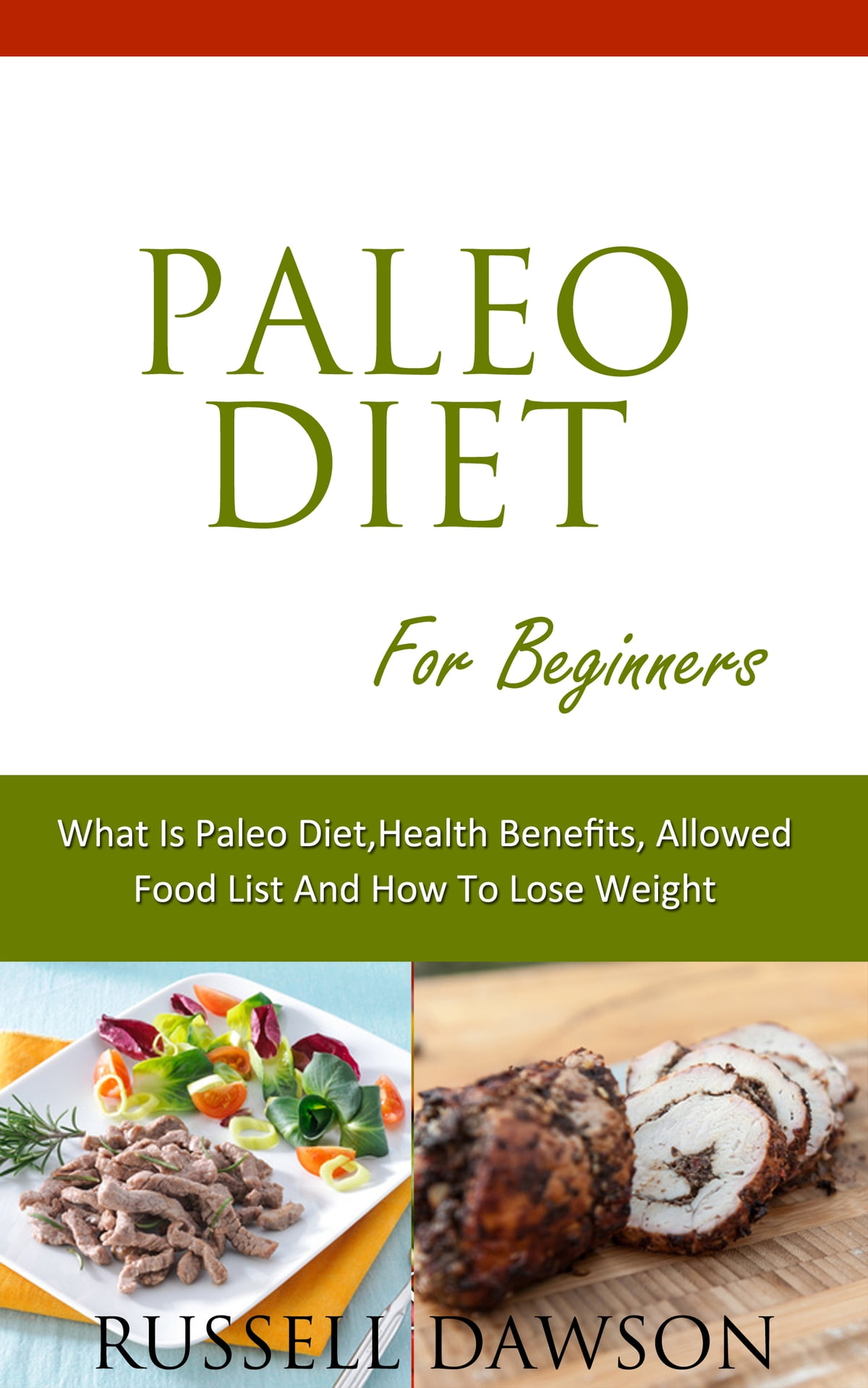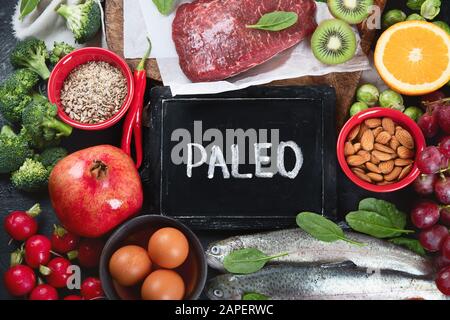
If you are considering the Paleo diet, you might be wondering what can't you eat. Here are some common items you should not consume to lead a healthier life. Common additives include aspartame, calcium sorbate, monosodium glutamate (MSG), nitrates, potassium bromate, saccharin, artificial sweeteners, and GMOs.
Processed foods
Processed foods are not found in nature. They are manufactured in a laboratory and are often loaded with artificial ingredients and preservatives. They also lack essential nutrients, fiber and protein. A paleo diet means that you will avoid processed food. So what foods should you be avoiding? You can read on to learn more about some foods you should not eat when following a paleo lifestyle.
Refined sugars
Paleo is a diet that prohibits the consumption of refined sugars. This means you should avoid processed, refined and table-top sugars. These products can be loaded with additives that can cause harm to your body. You can still eat sugars in moderation. You can also try Ezekiel bread, which is made of grains, legumes, and goat milk.
Phytic Acid in Grains

Phytic Acid is a chemical found in grains and other plants which interferes with the body's ability to absorb minerals. It can be especially harmful in countries with low iron and vitamin A levels. However, phytic acid is not completely off-limits on the Paleo diet. There are several ways to reduce its effects. It is possible to reduce the impact by sowing grains before cooking and by cooking legumes for a longer time. But, there is no good or bad answer to this question.
Vegetable oils
Vegetable oils can be a useful addition to modern cooking. However, is it healthy? They contain omega-3 fatty acids and polyunsaturated fats that are not considered healthy in the Paleo diet. Even though they are organic, well-sourced and cold pressed vegetable oils can still contain unhealthy polyunsaturated butters that are harmful to your body. There are alternatives to these oils that you can use in your cooking.
Fruits
Apples are a staple of the paleo diet. Although they are high-calorie, they are extremely nutritious. A typical-sized apple has about 10g sugar and over 2g fiber. Bananas, melons and other fruits are not considered to be true paleo foods. If you're really committed to sticking to your diet, it might be worth adding one of the following fruits to your list.
Organic fruits
Paleo-style diets should only be followed by organic, non GMO vegetables. Organic produce will be free from pesticides and trace chemicals. You may also be able to choose items low in pesticide residue as part of the Environmental Working Group’s Clean 15 list. Each year, the Environmental Working Group publishes lists that list the "dirtiest" or "cleanest" foods.
Meat

To start Paleo, you need to make a grocery list. This way, you'll stick to your plan and not get lost in the aisles of your grocery store. A grocery list will help you keep track of your shopping and also make it easier to find paleo-friendly food. Here are some Paleo foods you shouldn’t eat.
FAQ
Can I learn to cook with my kids?
Yes! Yes, kids love to help in kitchen. It's fun and teaches kids responsibility as well as teamwork. The whole process can be done by children, including washing and chopping vegetables. You will have your children enjoy helping you cook as long as they follow safe procedures when using knives.
Are there any requirements to become a chef?
No. No. Many chefs began their careers learning by themselves. Some even went to culinary schools to gain practical experience. But most chefs prefer culinary school as it offers them more opportunities for learning and growth. Culinary schools offer students hands-on training, which helps them build valuable skills and improve their cooking knowledge.
How can you get motivated to cook well?
When you cook with your family and friends, cooking is enjoyable. However, cooking for yourself is much easier than cooking for others. Try something new if you want to feel motivated to cook. You'll learn new techniques, and you'll be inspired to cook. You can also use recipes from other cultures to increase your culinary knowledge.
What are the benefits to using a slow cooker
Slow cookers are useful because they can make delicious meals in a fraction of the time. Slow cooker recipes are healthier than traditional ones because they use less oil and fat. Additionally, slow cookers are more convenient than traditional recipes because they take care for themselves while you're sleeping.
Statistics
- You'll be amazed that over 90% of CIA students receive scholarships and grants to finish their culinary studies. (ischoolconnect.com)
- under 10 Kids have been taught that there is special food just for them, and Fiese says that 10 percent of kids will throw a tantrum if they don't get the food they want. (washingtonpost.com)
- The median pay for a chef or head cook is $53,380 per year or $25.66/hour, according to the U.S. Bureau of Labor Statistics (BLS). (learnhowtobecome.org)
External Links
How To
How to cook steak
The thickness of the meat determines the best cooking method. Thicker steaks, for example, are better cooked at low heat while thicker steaks require higher temperatures.
Don't overcook them as they will lose flavor. Remember to take your steak out of the oven when it's done. You won't burn.
The size and desired doneness of the steak will affect the cooking time. Here are some general guidelines.
Medium Rare: Cook till medium rare. This is when the internal temperature of the food reaches 145°F (63°C). This takes between 3 and 5 minutes per side.
Medium: Cook the meat until it reaches 160°F (71°C). This takes approximately 6 minutes per side.
Well Done: Cook until well done, which means the internal temps reach 180degF (82degC). This usually requires 8 to 12 minutes per side.